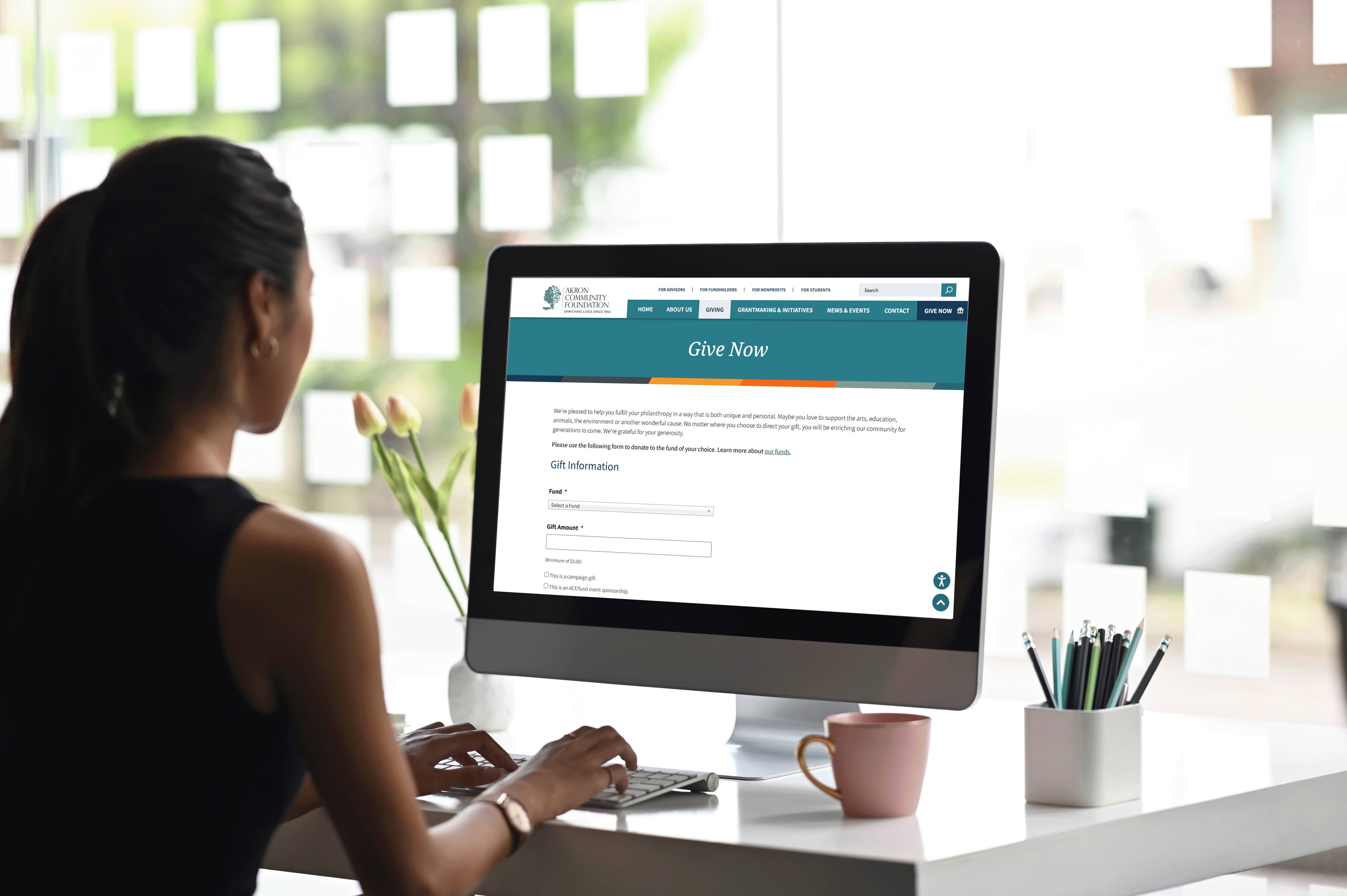Donors: A Word of Caution Before You Hit “Donate”

Recently, the fundraising platform GoFundMe made headlines after automatically creating donation pages for about 1.4 million nonprofits – many of which knew nothing about it.
Here's what you should know – and why we encourage you to give directly via nonprofits' official websites.
What exactly is going on?
- GoFundMe pulled public data (i.e. IRS listings of 501(c)(3) organizations) and set up donation pages without first asking for the nonprofit's permission.
- Those pages appear in search engines and look like "official" giving portals for the nonprofits, but the organization may not have set them up or intended them.
- Nonprofits who discover them must claim or unpublish the pages to gain control or remove them. If you're a nonprofit, click here to see how you can claim your page.
- Meanwhile, donors who land on such pages may think they are giving via the nonprofit's preferred route – but they may be encountering a "middle man" platform. This raises concerns around consent, branding, donor data, fees and transparency.
Why this matters to you as a donor
- Clarity and trust: When you give through a nonprofit's own website, you know exactly whom you're giving to, under the terms they control: the payment processor, the data they collect, how they steward the gift.
- Avoiding surprises: On the auto-generated pages, there may be default "tips" or added fees you didn't expect, or the nonprofit may not have approved the messaging or giving options.
- Ensuring your gift has the intended impact: When you go to the nonprofit's own site, you help ensure your funds are counted, stewarded and reported as intended. For example, if you'd like to give to a specific fund at Akron Community Foundation or give in honor or memory of someone, you likely will not be able to do that through GoFundMe or other unauthorized platforms.
- Protecting brand and mission integrity: This is less about donors and more about nonprofits, but when someone else creates a page in a charity's name without notice, it can harm that organization's reputation, confuse donors, or shift traffic away from their official giving channels.
What we recommend
- Before clicking "Donate," go to the nonprofit's website directly.
- Look for a giving page on their own domain.
- If you do land on a platform like GoFundMe, verify that the nonprofit has publicly endorsed that page or that the page is officially claimed by them.
- Consider that even well-intentioned platforms may have default settings you're not aware of (platform tips, recurring gift defaults, etc.) and the nonprofit may not want to work with them.
- When in doubt, contact the nonprofit and ask what their preferred donation platforms are.
Why Akron Community Foundation and other nonprofits ask you to give directly
As a nonprofit, we rely on your trust. Having control of our own giving page means we oversee how gifts reach us, how they're managed, how your data is used (or not), what data is collected (or not), and how we thank you and report back to you.
While GoFundMe is a legitimate donation platform, when a third-party page appears in our name without our consent, it creates a potential risk of confusion. By giving directly, you help us stay efficient, transparent and fully focused on our mission.
